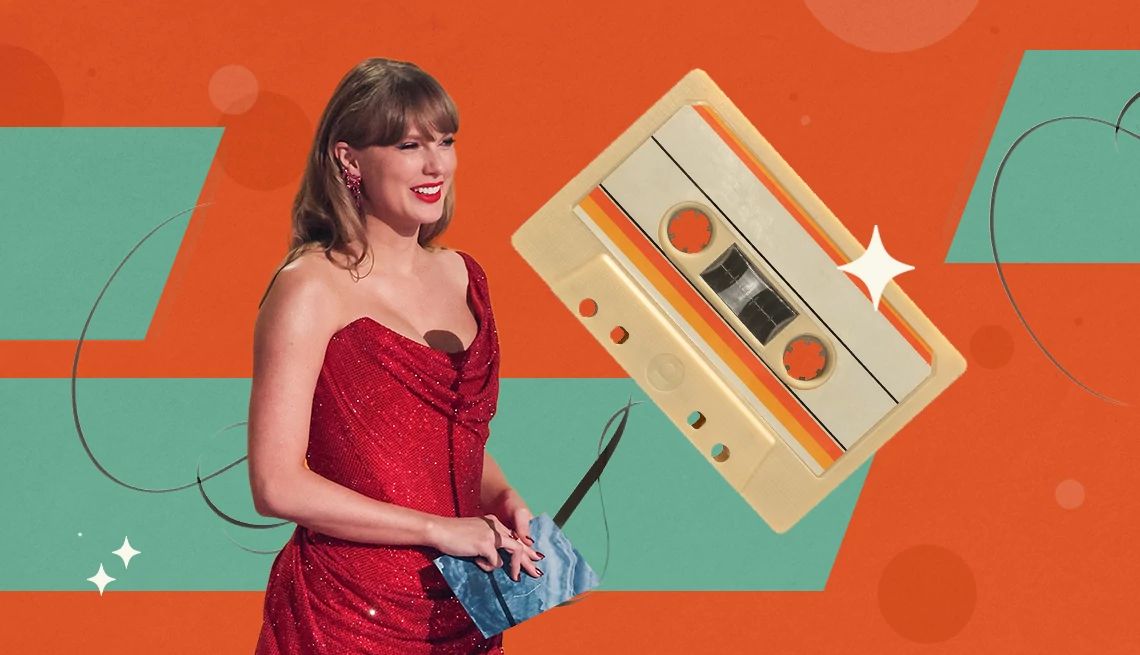AARP Hearing Center


They hissed, unraveled and degraded. And yet the lowly plastic music cassette, a long abandoned, predigital fossil, is enjoying an unexpected comeback, embraced by global superstars, indie labels, record stores, young collectors — and people age 50-plus, who will never forget the era of mixtapes, nor the scene in 1989’s Say Anything of lovelorn Lloyd Dobler (John Cusack, now 59) holding a boombox over his head, playing a tape of Peter Gabriel’s “In Your Eyes” for Diane Court (Ione Skye, now 55).
Taylor Swift’s brand-new The Life of a Showgirl is on cassette (along with the usual digital, CD and vinyl formats). So is Metallica’s remastered Load and Pulp’s current More, the British rock band’s first studio album in 24 years.
The 1990s alt-rock legend Juliana Hatfield, 58, will offer Lightning Might Strike, out Dec. 9, on cassette, and pop-rocker Demi Lovato’s It’s Not That Deep, arriving Oct. 24, has a cassette option. Infinite, the ninth and final album by former rap duo Mobb Deep, will include a cassette edition when it lands Oct. 10. Pop siren Ariana Grande released three two-track cassette singles on Sept. 24.
Cassettes thrived in the 1970s and ’80s, both in prerecorded form and as home-recording tools. They eclipsed vinyl in 1985 and were the most popular format in the U.S. and the U.K. until 1992, when CD sales pulled ahead. Cassettes peaked in 1989 with sales of 83 million units. After the turn of the century, with the domination of CDs and MP3s, tapes declined sharply and were all but extinct after the rollout of streaming.
But remarkably, the past five years have seen an uptick in cassette sales, concurrent with a slowdown in CD, digital and streaming purchases. Entertainment data leader Luminate reports that total U.S. album sales are down 6 percent over last year, and digital sales dropped almost 18 percent.
Luminate does not break down U.S. sales of individual cassette titles, but its data closely coincides with U.K. figures. The top sellers there last year included cassettes by young artists (Sabrina Carpenter, Dua Lipa, Billie Eilish, Olivia Rodrigo), as well as those in the AARP demo (Eminem, 52, Kylie Minogue, 57, and Blur, whose four members are ages 56 to 61).




































































More From AARP
10 Songs Donnie Simpson Says You Need to Hear
The former BET host reflects on meaningful music, new and classic
Free Music Streaming Options: What's Included
10 audio streamers offer gratis tier, press you to pay
Remember Sarah McLachlan? She’s Back!
The singer and Lilith Fair founder releases her first new original material in a decade